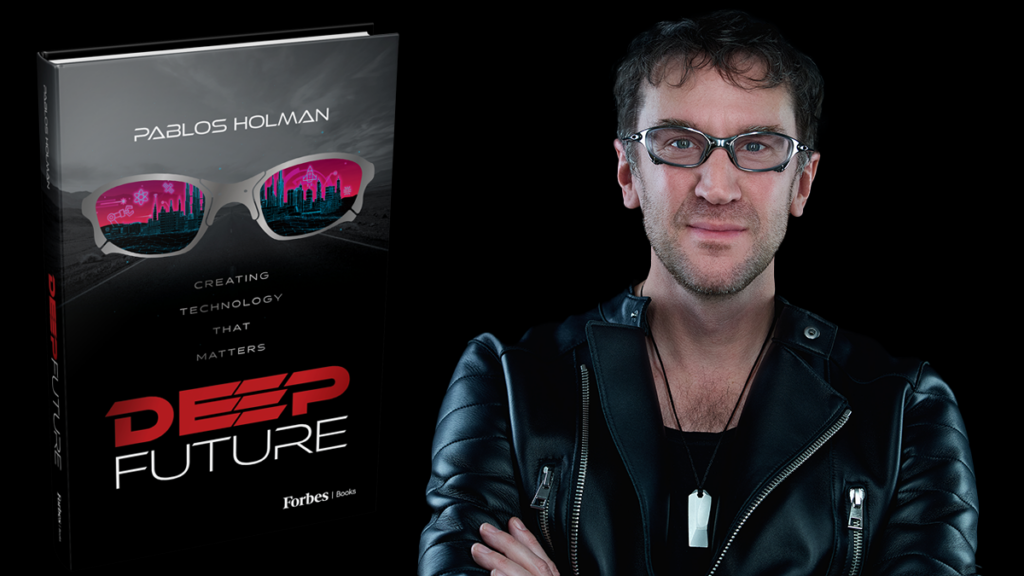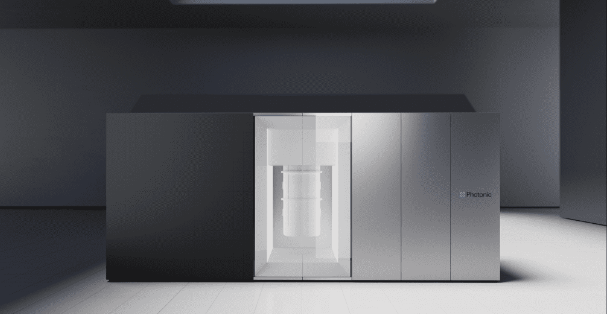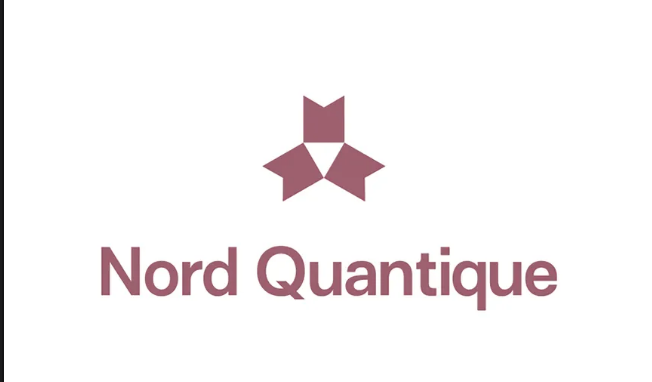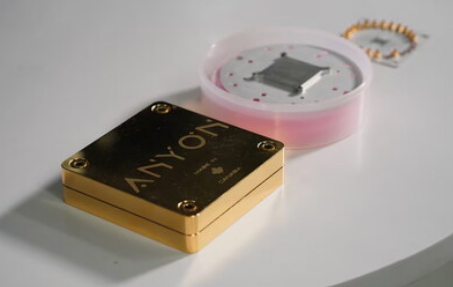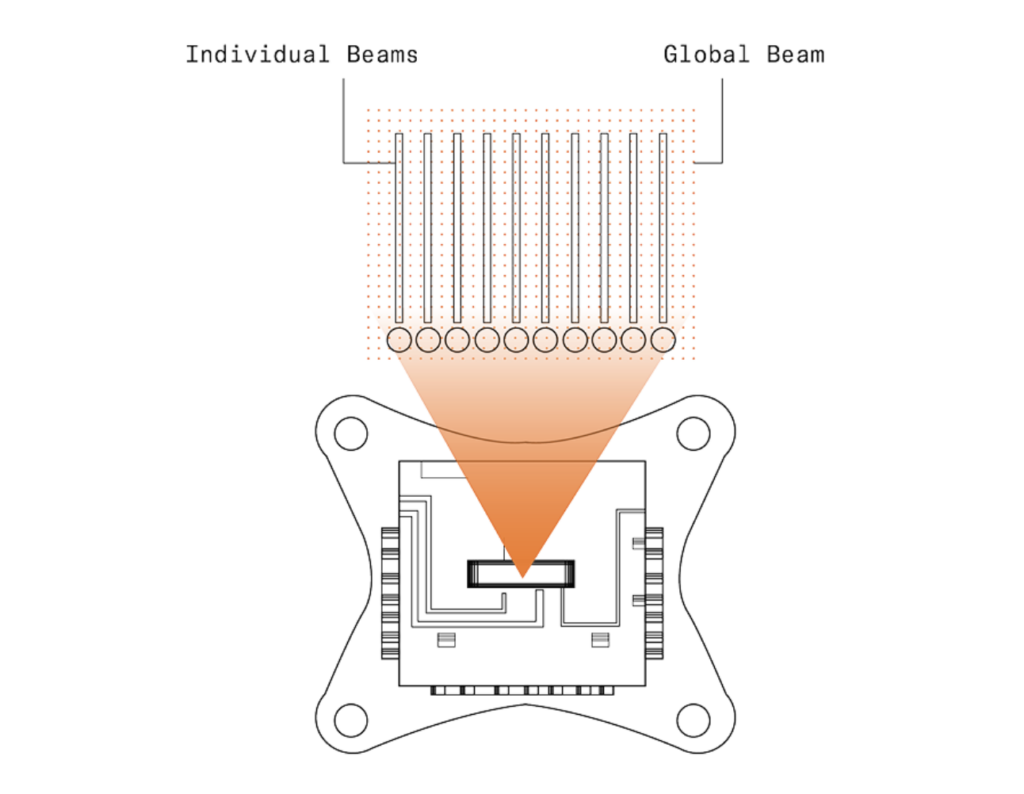In the automotive or aviation sectors, the ability to accurately predict aerodynamic flows and the propagation of sound waves is crucial. These capabilities not only contribute to the development of high-performance products but also play an important role in reducing noise pollution and lowering carbon emissions. However, the challenge lies in solving the complex partial differential equations that describe these multi-scale problems—equations that involve millions of degrees of freedom and push the limits of even the most advanced High Performance Computing (HPC) systems.
The teams that joined the Quantum Solvers category of the Airbus-BMW Quantum Challenge are exploring quantum-based approaches to find solutions to these critical aerodynamic and acoustic equations. The preliminary finalists in this category have proposed innovative solutions that promise to reinvent how we approach these complex calculations, potentially leading to breakthroughs in both computational efficiency and product design.
In this series, we delve into the solutions proposed by these pioneers, finalists in the Airbus-BMW Group Quantum Computing Challenge. We’ve asked them to share their unique approaches, the challenges they faced, and the impact their solutions could have on the future of mobility. Join us as we explore the cutting-edge world of quantum solvers and meet the innovators who are pushing the boundaries of what’s possible in aerodynamics and acoustics.
Institute for Quantum Physics, University of Hamburg: Quantum Computational Fluid Dynamics
The University of Hamburg is one of those pioneering research teams. Their approach to solving the Navier-Stokes equations—a fundamental set of equations in fluid dynamics—has the potential to dramatically improve the way industries approach computational fluid dynamics (CFD), said Nis-Luca van Hülst, a doctoral candidate in Physics at the Institute for Quantum Physics at University of Hamburg and member of the university’s team in the Quantum Mobility Quest that is focusing on quantum computational fluid dynamics.

“The Quantum Mobility Quest presented a unique opportunity for us to demonstrate the application of our academic studies to real-world industrial problems,” van Hülst explains. “As physicists, we’re often engaged in highly theoretical work, and this competition allowed us to bridge the gap between academia and industry. We saw it as a chance to show that the methods we develop in the lab can have a direct impact on industrial applications, particularly in the automotive and aviation sectors. Establishing these new links between academia and industry is not just about knowledge transfer; it’s about preparing the next generation of physicists for careers that have a tangible impact on the world. We hope that through our participation, we can attract more industrial interest to academic studies and demonstrate the mutual benefits of such collaborations.”
The team chose to focus on the quantum solvers problem statement, which revolves around solving Navier-Stokes equations for various industrially relevant use cases.
Van Hülst adds, “Solving these equations with conventional methods quickly reaches its limits, even for relatively small systems. This often necessitates the use of approximate models, which can compromise accuracy. We chose this problem as a case study to showcase the capability of quantum-inspired methods to solve the Navier-Stokes equations in an extremely efficient and cost-effective manner. Our goal was to highlight the adaptability of quantum methods in solving industrial problems and to expand the horizon for possible new research avenues in collaboration with industry.”
The team employed a quantum-inspired tensor network formalism combined with a hybrid variational quantum algorithm to tackle the challenge. “The beauty of our two-pronged approach lies in its efficiency,” said van Hülst. “By implementing the tensor network formalism, we can efficiently manage the computationally intensive contractions, which can then be directly translated into a gate set for our quantum algorithm. This not only streamlines the process but also makes it scalable as quantum hardware continues to evolve.”
Looking to the future, the team sees significant impacts for their solution in the transportation industry.
“We believe that our solution could serve as a backend for industrial CFD software, allowing developers in the transportation industry to benefit from the advantages of quantum computing without needing a deep understanding of quantum physics,” said van Hülst. “The potential benefits are enormous—optimized designs could lead to significant fuel savings and reduced CO₂ emissions, making the industry more sustainable and less impactful on the environment. The fast-paced nature of the transportation industry means that any technology that can accelerate development cycles and improve efficiency will be highly valued.”
The researchers are cautiously optimistic. According to the team, quantum computing holds the potential to revolutionize various industries, with the automotive and aviation sectors likely to be early beneficiaries due to the suitability of their complex problems for quantum solutions. However, the extent of this impact will largely depend on the development and accessibility of high-quality quantum hardware.
As for the next steps following their success in the first round of the Quantum Mobility Quest, van Hülst said: “We’ve already demonstrated the efficiency of our method, but we’re committed to improving it further and making it applicable to a broader range of industrial examples. The second round of the Quantum Mobility Quest will be an opportunity for us to refine our approach, incorporate additional industrial use cases, and continue pushing the boundaries of what quantum methods can achieve.”
Technology Innovation Institute (TII)
The Technology Innovation Institute (TII) is making strides in quantum research through its Quantum Algorithms division, and their participation in the Quantum Mobility Quest exemplifies their commitment to developing disruptive technologies for industry. As part of this global challenge, TII’s team has showcased how quantum-inspired algorithms can be used to tackle complex industrial problems, particularly in the aviation and automotive sectors. Raghavendra Peddinti, a researcher at TII, shares insights on their participation in the Quantum Solvers case study and its potential impact on the future of transportation.
For TII, the Quantum Mobility Quest presented an opportunity to bring their research to the real world, primarily industrial problem-solving.
“At TII, we are interested in developing disruptive technologies for the industry,” said Peddinti. “Our work ranges from fully-quantum to classical quantum-inspired algorithms targeting industrial use cases. The Quantum Mobility Quest has been the perfect platform to showcase our research in quantum-inspired algorithms and their applications in solving partial differential equations.”
Addressing the Problem of Fluid Simulation
The TII team chose the Quantum Solvers case study, focusing on the challenge of simulating compressible fluids around a wing, an important issue in the aviation and automotive industries. According to Peddinti, this problem resonated with the team because of their prior work in simulating incompressible flows around immersed bodies.
“We solved a similar problem in our previous research, where we developed a tensor-network framework for simulating incompressible flows,” he explained. The Quantum Solvers case study, which called for quantum-inspired tensor network methods to solve partial differential equations, aligned perfectly with their ongoing research.
Impact on the Future of Transportation
While fully-quantum solvers may be on the horizon, Peddinti believes quantum-inspired solvers already offer significant advantages for industrial applications.
“Quantum-inspired solvers alleviate the curse of dimensionality and can be run on today’s classical hardware,” he said. This opens up new avenues for developing more efficient Computational Fluid Dynamics (CFD) solvers, particularly in areas like faster design validation and optimization of critical components such as wings and spoilers. These advancements could drastically improve the speed and precision of design processes in the aviation and automotive industries.
After advancing in the first round of the Quantum Mobility Quest, TII plans to extend their tensor network solver to simulate compressible fluids, as well as other challenging flow regimes.
“We are learning about the bottlenecks for existing solvers and are keen to explore potential solutions,” said Peddinti.
Their goal is to refine their methods further, opening the door to new possibilities for solving industrial problems in transportation using quantum-inspired techniques.
The Future of Quantum Solvers in Aerodynamics and Acoustics
By exploring quantum-based approaches to solving complex partial differential equations, these teams are not only pushing the limits of current computational capabilities but are also laying the groundwork for the next generation of high-performance, sustainable products in the automotive and aviation industries.
All the teams express a desire that their solutions will one day play a role in creating a safer, more efficient, and more environmentally friendly vehicles and aircraft.











